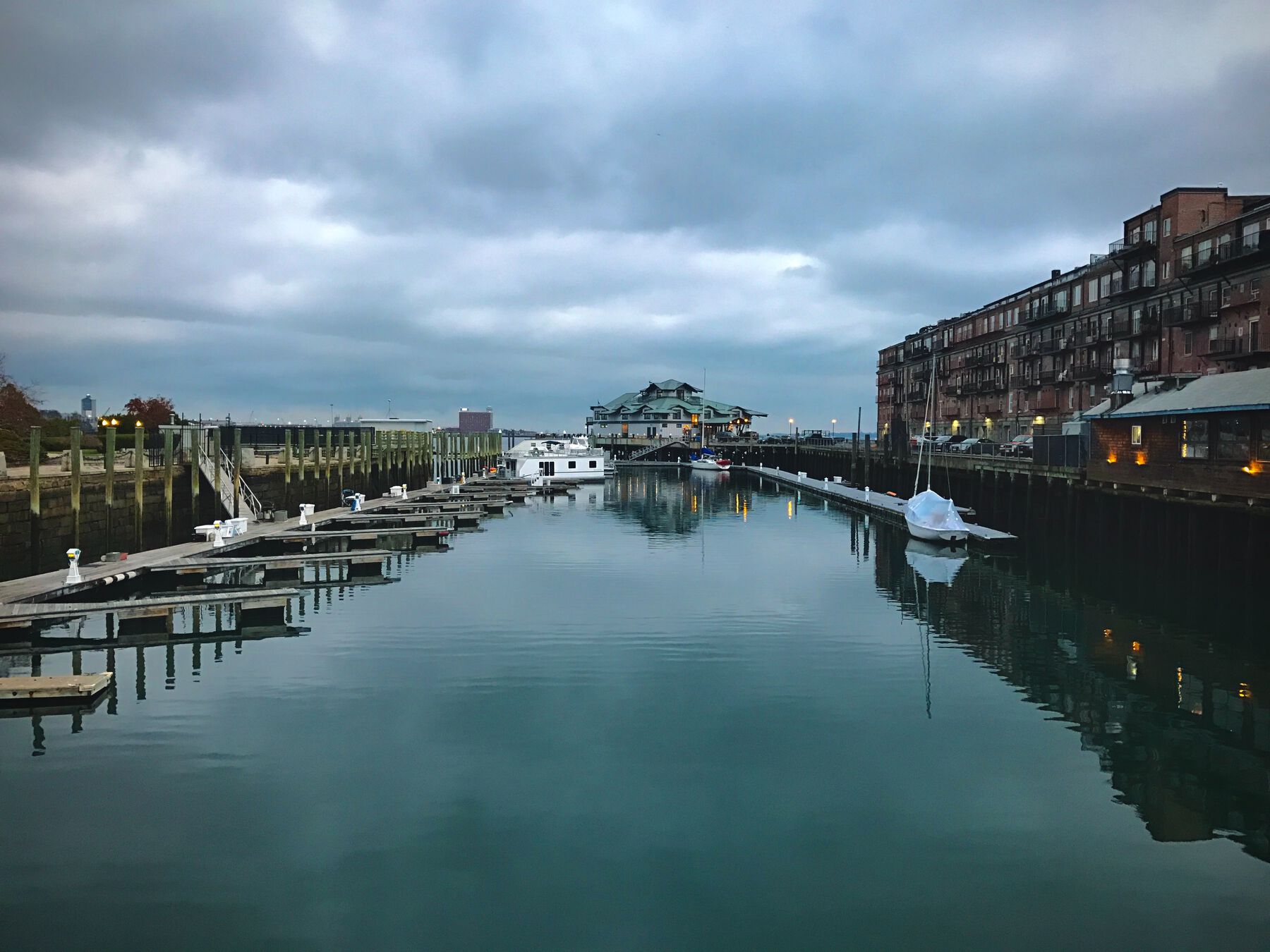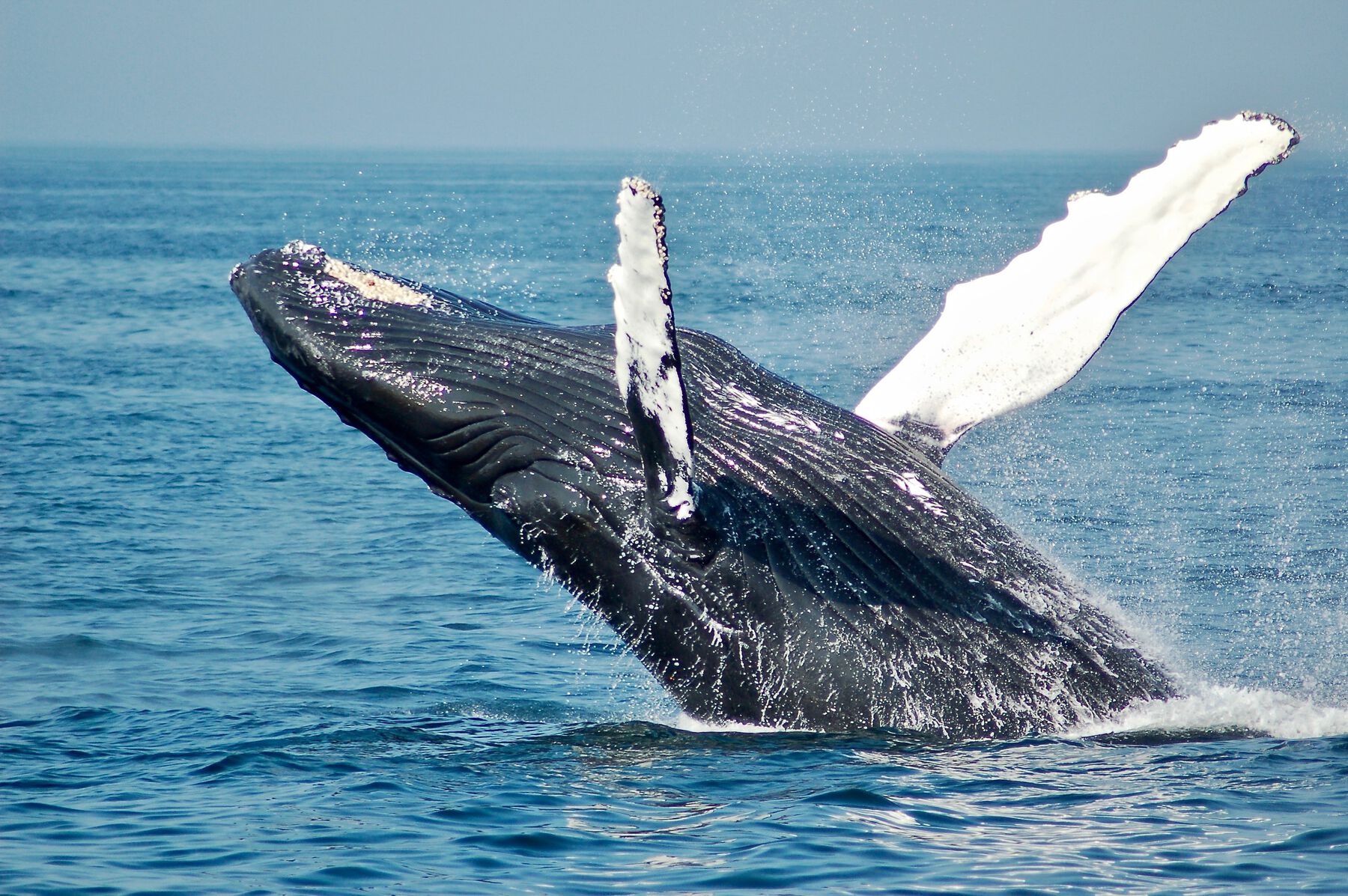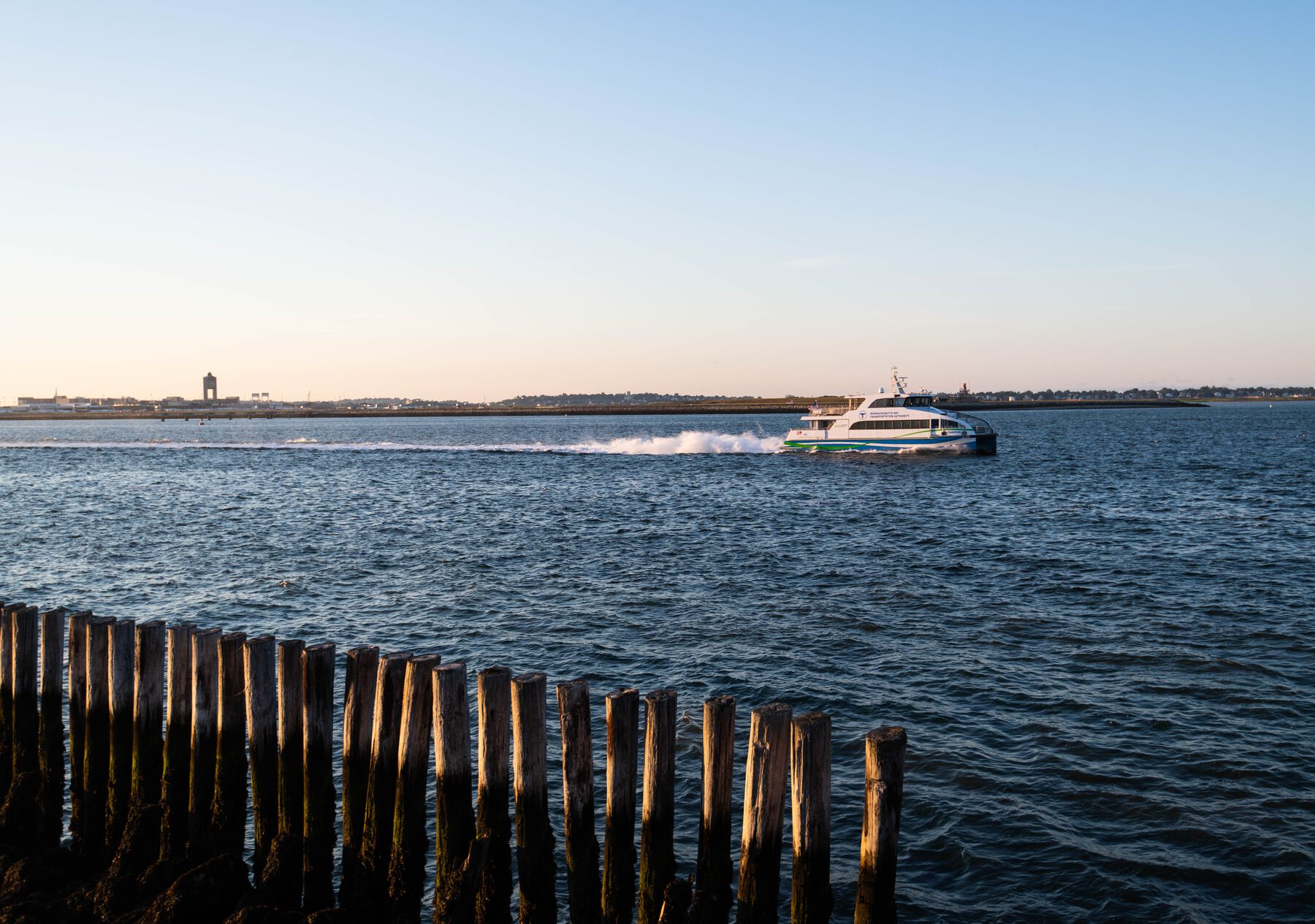A traveller’s guide to Boston Harbor fishing
Boston Harbor is one of the busiest ports in the country, and it’s also a great place to fish. There are plenty of spots to cast your line, and you’re likely to catch a variety of fish. Here are some tips for fishing in Boston Harbor:
1. The best spots to fish are near the piers and inlets that are deeper than 20 feet, where the fish are naturally congregated. These spots include Black Bay, Spectacle Island, Long Island, Inner Harbor Cove, and Peddocks Island.
2. If you want to catch mackerel or striped bass, head for Spectacle Island during high tide. Use live eels or clams for bait, and cast out a few hundred feet. Striped bass tend to be in the deeper sections of the harbor, about 20-30 feet down.
3. If you want to catch cod or flounder, try North Point Park or Fort Independence at Castle Island. Cast about 200 yards off shore, and use squid or clams as bait.
4. During summer, you’re likely to catch sunfish at Fort Independence and Long Island. Use worms as bait, and cast just a few feet off shore into the shallow waters of these areas.
5. To catch bass or bluefish, head for Black Bay off of Moon Island during high tide. Cast 200-300 feet off shore, and use clams or bunker chunks for bait.
6. To catch shrimp, go to the mouth of the harbor near Deer Island in late spring when they’re in season. Use a cast net to catch them!
7. If you want to fish from a kayak or canoe, try Moon Island or Peddocks Island. However, be sure to stay at least 1000 feet from commercial fishing boats.
8. Don’t forget about the North and South Rivers – you’re sure to catch a variety of fish there!
9. If you want to go bottom fishing, try using eels or squid for bait, and cast into deeper water (about 200 feet).
10. When fishing in Boston Harbor, try to cast along the edges of channels where fish are more likely to congregate, and drop your bait into the deeper parts of the harbor. Be sure to check your local regulations!
11. Always bring a net for safe release of smaller fish!
12. Try using bloodworms as bait for larger fish like cod and bass – they’re sure to bite!
Boston Harbor is a great place to fish, and with a little bit of knowledge, you’re sure to catch some big fish. Be sure to check your local regulations before casting your line, and have fun fishing in one of the busiest ports in the country!


